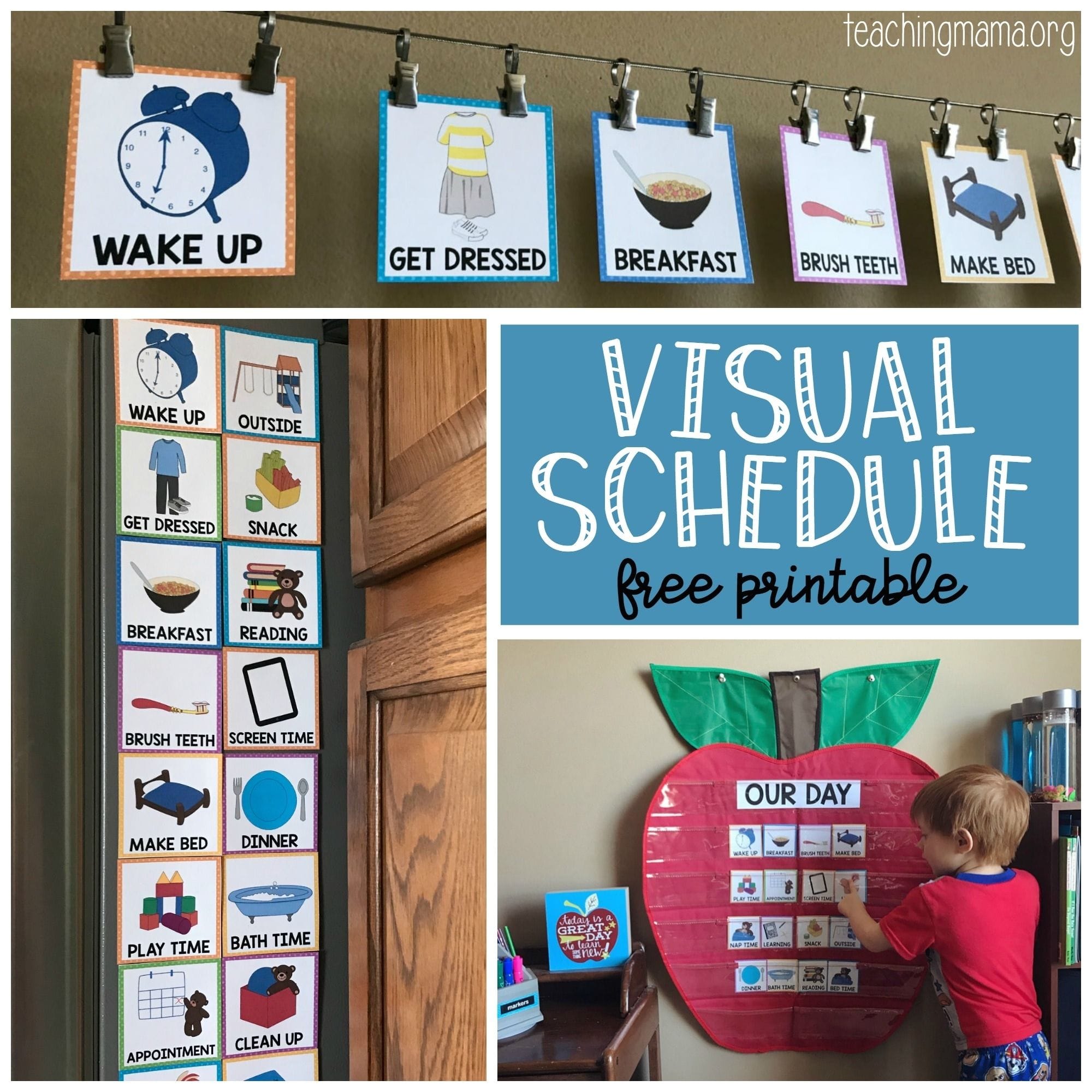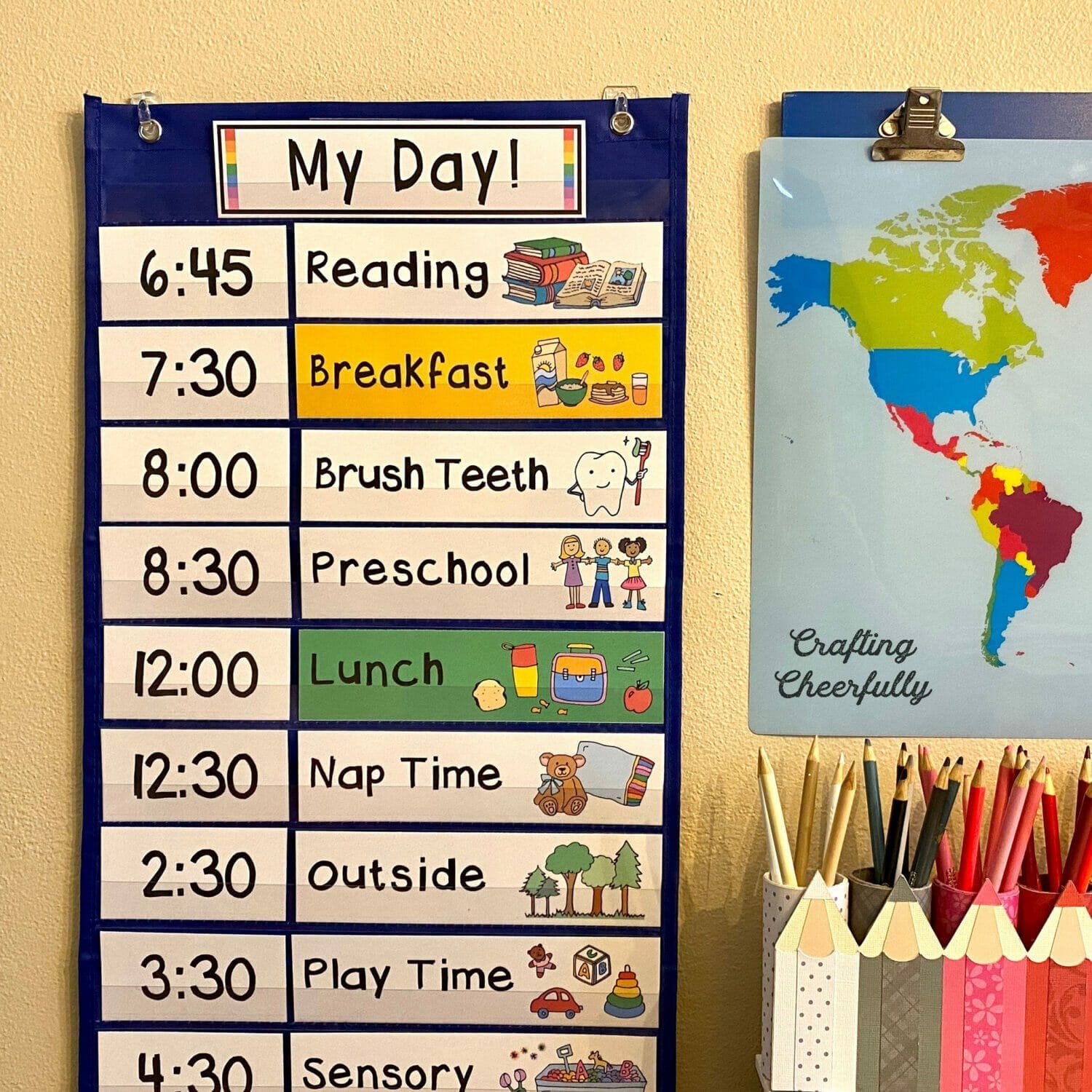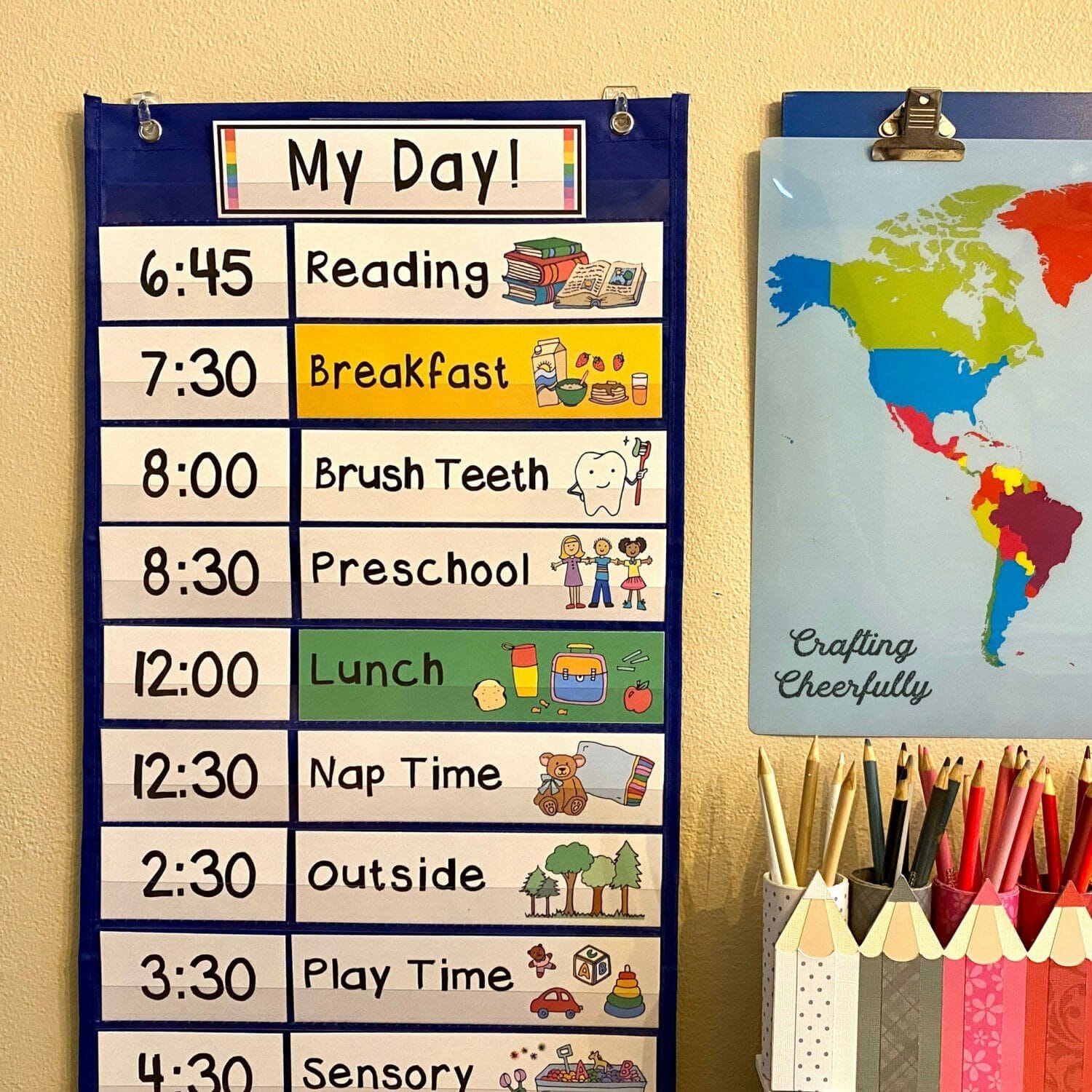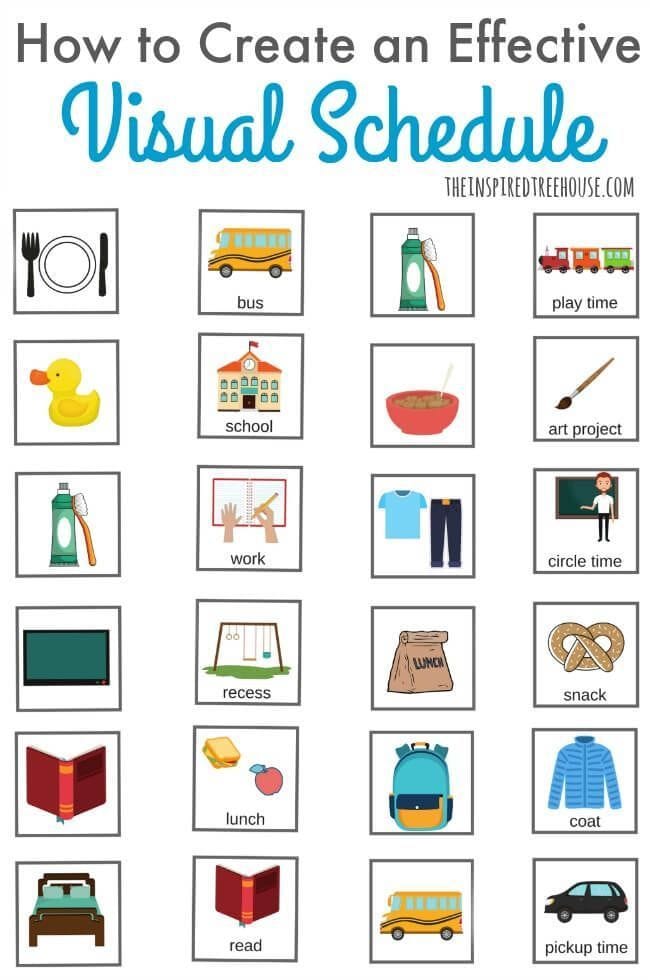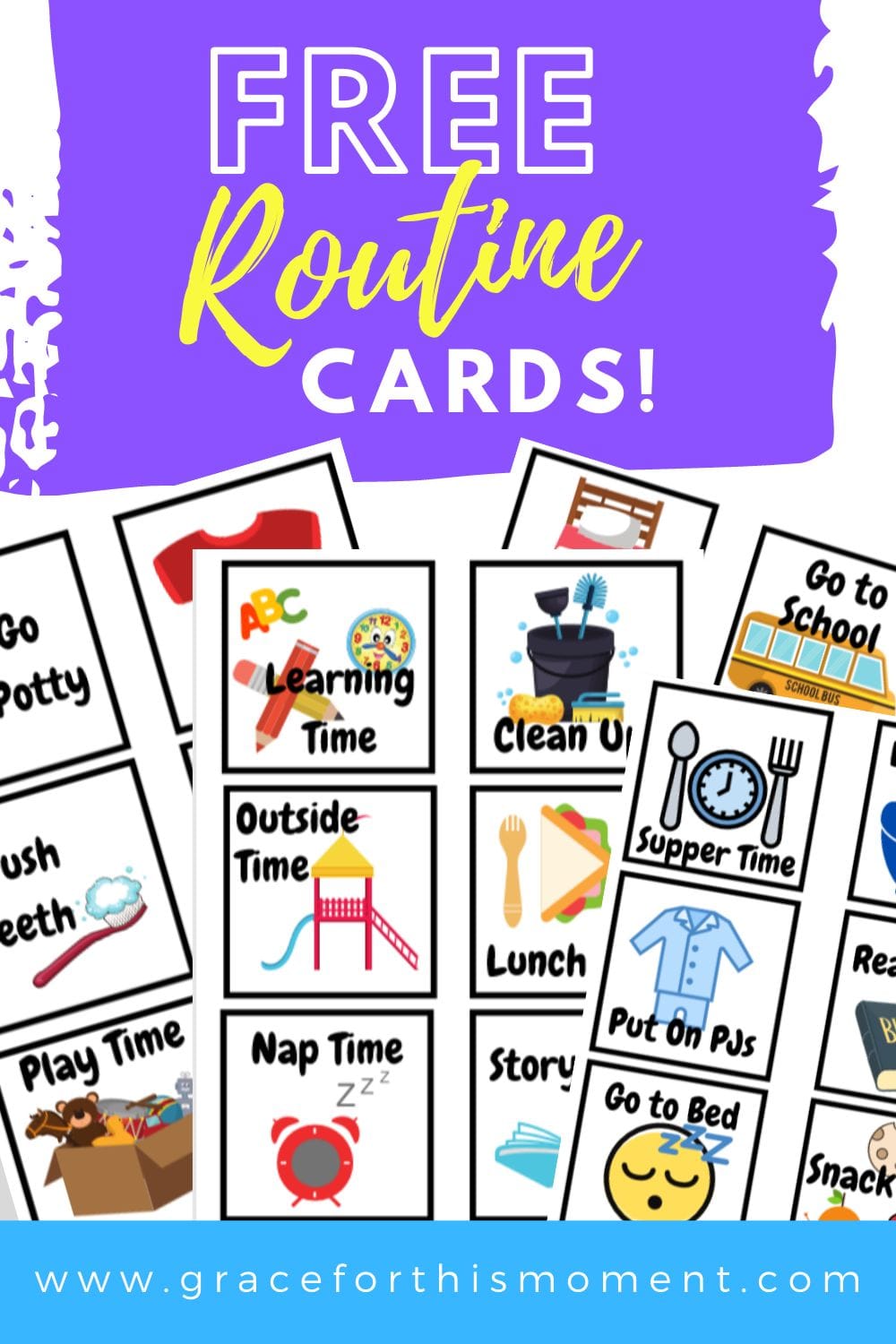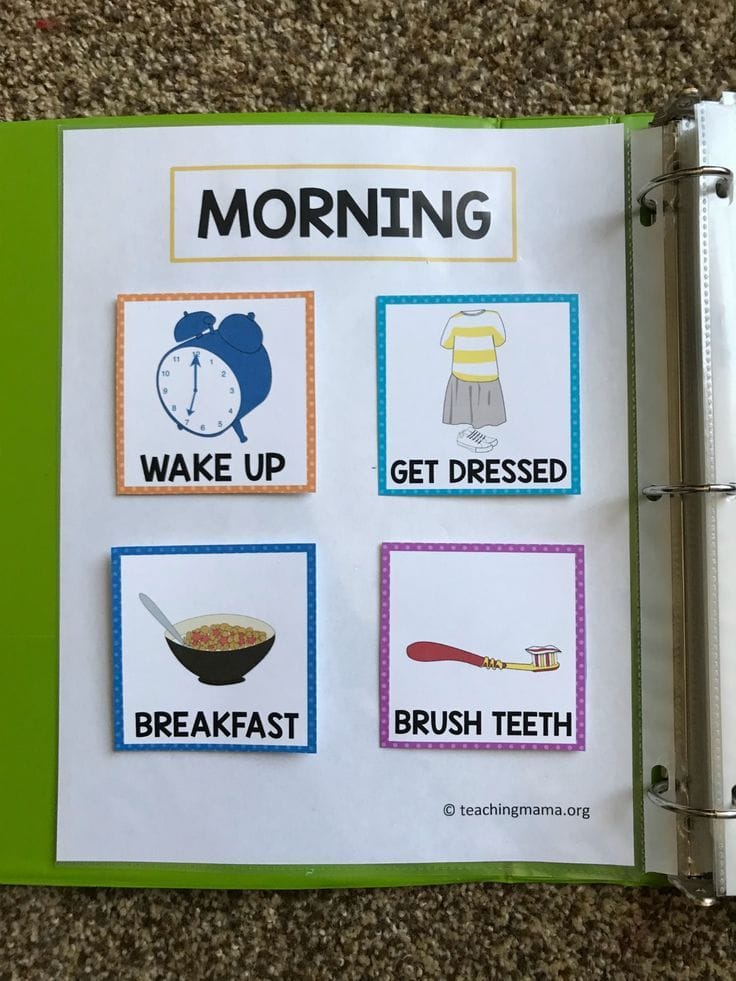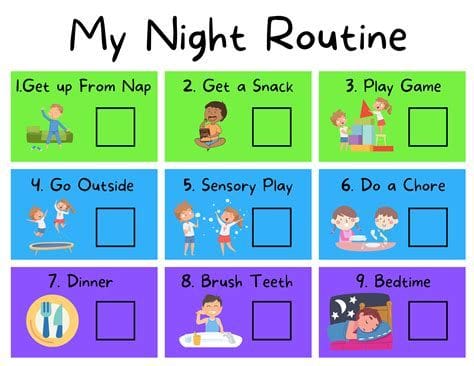
Establishing a daily routine is essential for toddlers, as it helps them feel secure and develop a sense of predictability. One effective way to achieve this is by using visual schedules, which are simple and engaging tools that can help your little one stay on track. In this article, we will explore the benefits of visual schedules for toddlers and provide you with five creative ideas to get you started.
Why Use Visual Schedules for Toddlers?
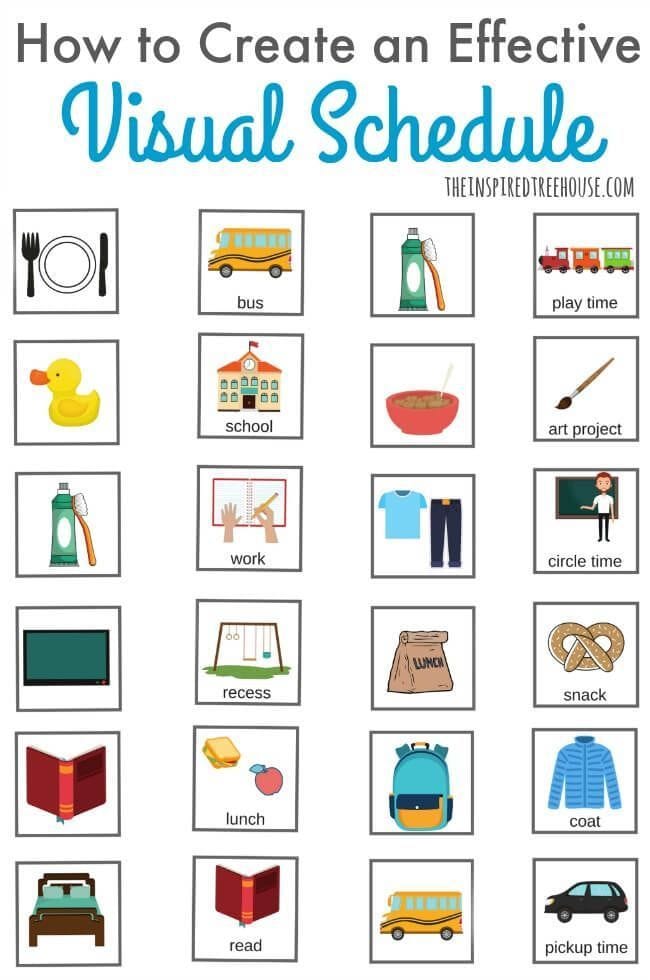
Visual schedules are an excellent way to help toddlers understand and follow a daily routine. By using pictures or images to represent different activities, you can help your child develop their problem-solving skills and reduce tantrums. Here are some benefits of using visual schedules for toddlers:
Improved communication: Visual schedules help your child understand what is expected of them, reducing frustration and anxiety. Increased independence: By following a visual schedule, your child can begin to develop a sense of autonomy and self-reliance. Better time management: Visual schedules help your child understand the concept of time and how to prioritize tasks. Enhanced cognitive skills: Visual schedules can help your child develop their problem-solving skills and memory.
5 Visual Schedules for Toddlers to Boost Routine
1. Picture Chart Schedule
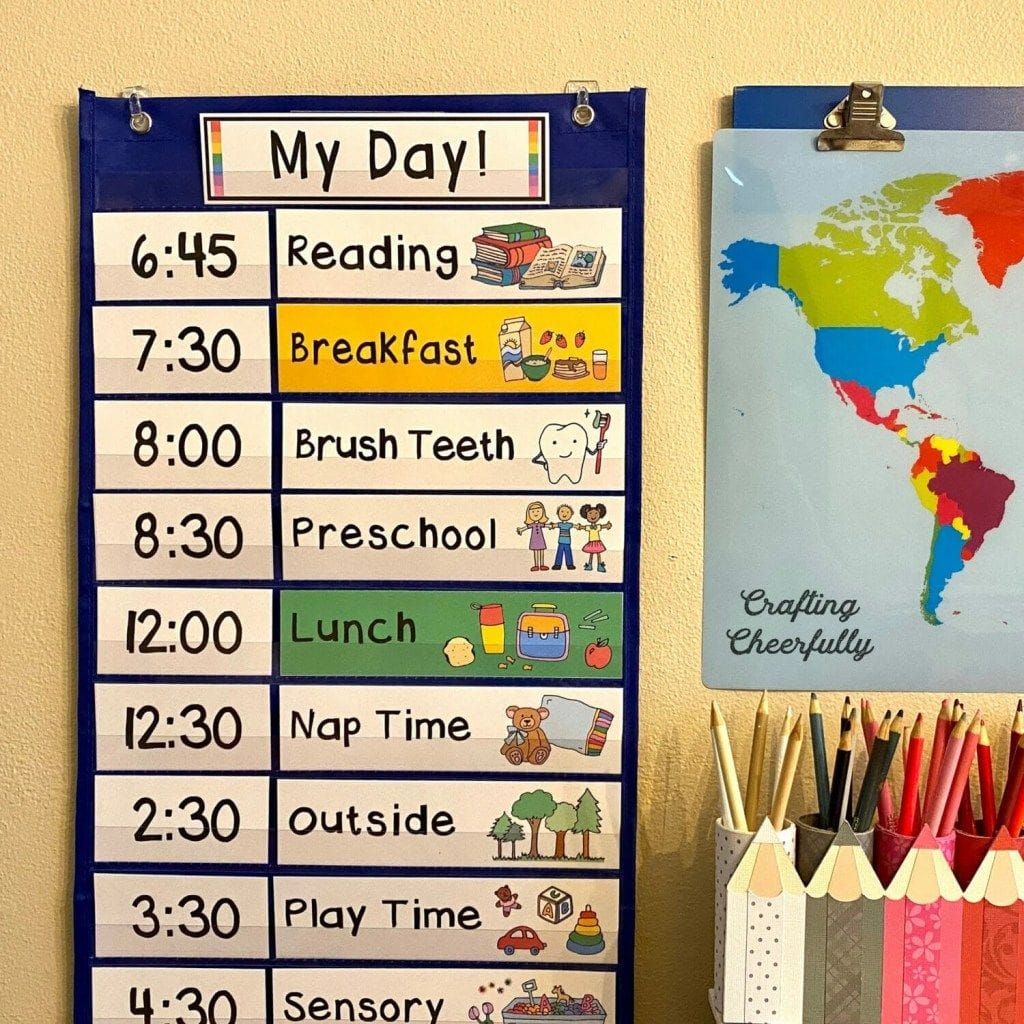
Create a picture chart schedule by printing out images or drawings of different activities, such as breakfast, playtime, and bedtime. Arrange the images in a vertical or horizontal layout, depending on your preference. This type of schedule is perfect for toddlers who are just starting to learn about routines.
2. Token Board Schedule
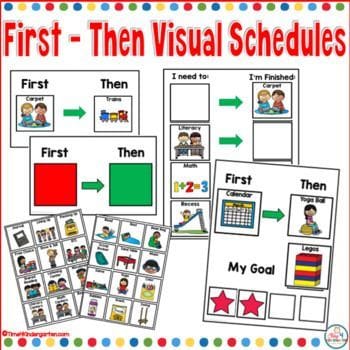
A token board schedule is a fun and interactive way to help your child stay on track. Create a board with different columns or rows representing different activities. Use tokens or stickers to mark each activity as it is completed. This type of schedule is perfect for toddlers who love rewards and incentives.
3. Visual Timer Schedule
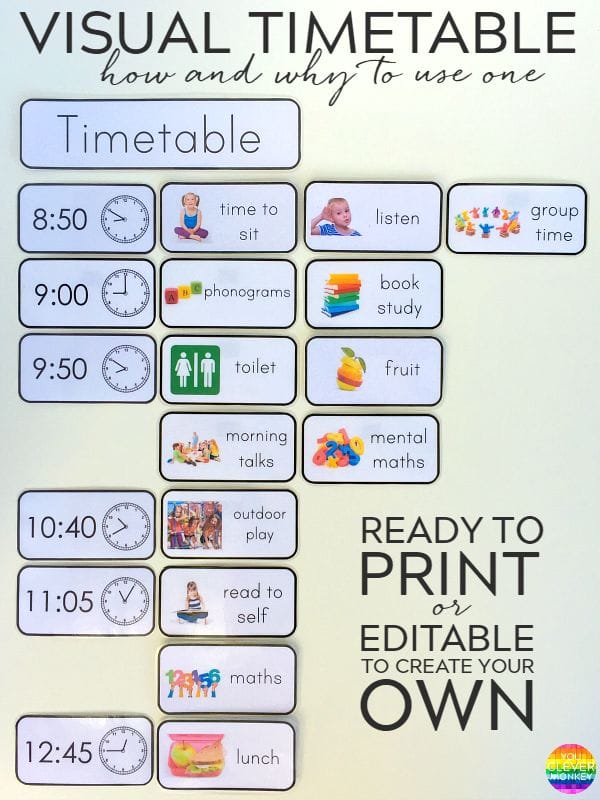
A visual timer schedule is a great way to help your child understand the concept of time. Use a visual timer or a timer app to create a schedule with different time slots for each activity. This type of schedule is perfect for toddlers who are starting to learn about time management.
4. Routine Chart Schedule

A routine chart schedule is a simple and effective way to help your child stay on track. Create a chart with different rows or columns representing different activities. Use pictures or images to represent each activity, and have your child check off each activity as it is completed. This type of schedule is perfect for toddlers who are just starting to learn about routines.
5. First-Then Schedule
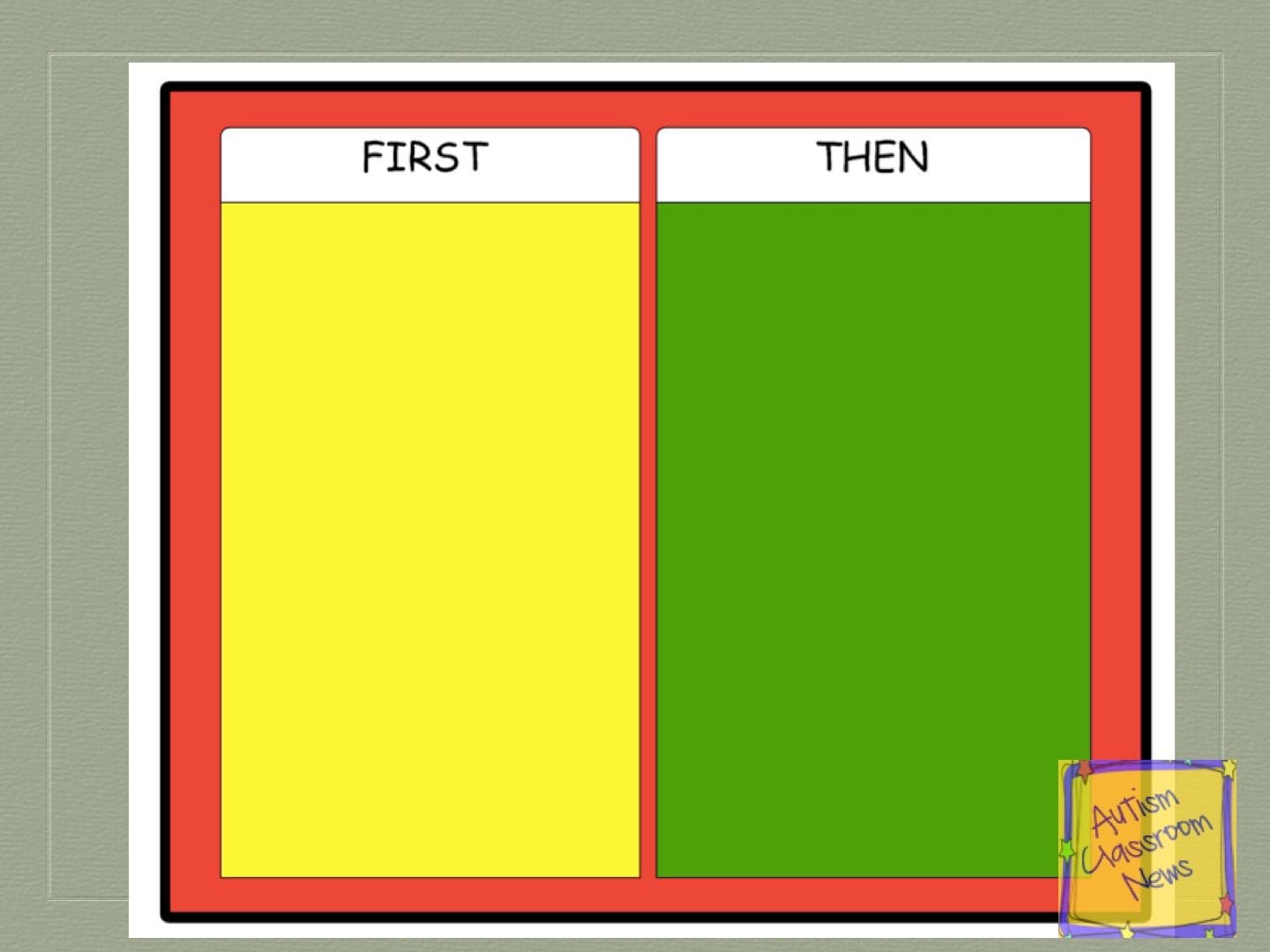
A first-then schedule is a great way to help your child understand the concept of sequencing. Create a schedule with two columns or rows, one labeled "First" and the other labeled "Then." Use pictures or images to represent different activities, and have your child complete the "First" activity before moving on to the "Then" activity. This type of schedule is perfect for toddlers who are learning about cause-and-effect relationships.
Creating a Visual Schedule for Your Toddler
Creating a visual schedule for your toddler is a fun and rewarding experience. Here are some tips to get you started:
Keep it simple: Use simple and clear language, and avoid cluttering the schedule with too many images or activities. Make it visual: Use pictures or images to represent different activities, and make sure they are easy to understand. Involve your child: Encourage your child to participate in the creation of the schedule, and let them help you choose the images or activities. Be consistent: Stick to the schedule as much as possible, and make sure to adjust it as needed.
Conclusion
Visual schedules are a powerful tool for helping toddlers develop a sense of routine and predictability. By using pictures or images to represent different activities, you can help your child develop their problem-solving skills and reduce tantrums. Remember to keep it simple, make it visual, involve your child, and be consistent. With a little creativity and patience, you can create a visual schedule that will help your toddler thrive.
What is a visual schedule?
+A visual schedule is a tool used to help individuals understand and follow a daily routine. It uses pictures or images to represent different activities, making it easy to understand and follow.
Why are visual schedules important for toddlers?
+Visual schedules are important for toddlers because they help them develop a sense of routine and predictability. They also help reduce tantrums and improve communication.
How do I create a visual schedule for my toddler?
+To create a visual schedule for your toddler, start by identifying the activities you want to include. Use pictures or images to represent each activity, and arrange them in a vertical or horizontal layout. Make sure to keep it simple and involve your child in the creation process.
Gallery of 5 Visual Schedules For Toddlers To Boost Routine
